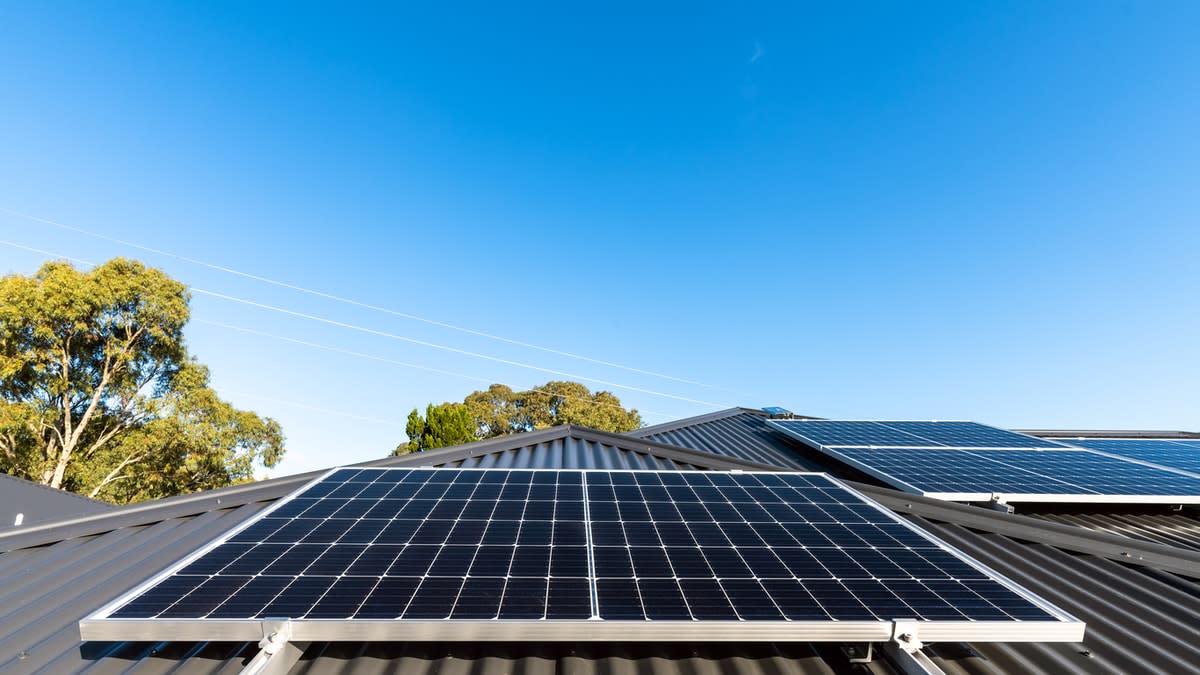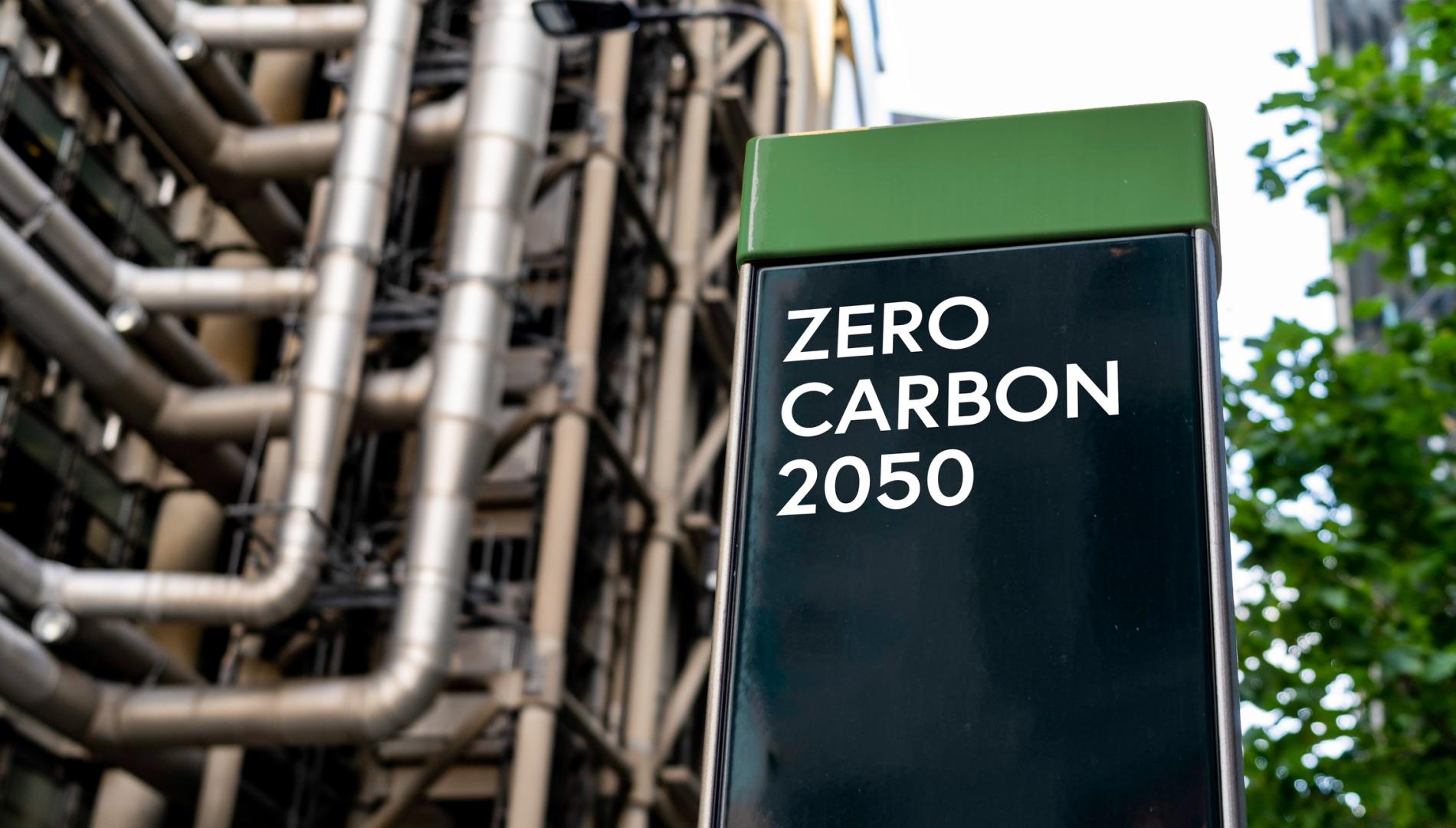The climate crisis and the electricity grid: AI to the rescue
With the world needing to halve greenhouse gas emissions by 2030, and reduce these emissions by a further 80% by 2040, the climate science-based 1.5°C Paris Agreement trajectory seems to become more and more difficult to achieve.
Despite the challenges, there’s hope on the horizon with mass-scale renewable technologies becoming competitive against fossil sources, even in places such as Australia where coal and natural gas can be produced cheaper than in most other parts of the world.
When combined with technologies such as batteries, rooftop solar photovoltaic (PV) and electric vehicles (EV), we have a complete set of “solution blocks” for mass decarbonisation of the electricity and transport sectors, accounting for up to two-thirds of the world's energy-based carbon emissions.
Therefore, it’s critical we consider alternative ways of powering our transportation and electricity.
A parallel trend that shouldn’t be overlooked in this debate, and one that’s directly related to the proliferation of large-scale renewable technologies, is the advent of rooftop solar PV and other distributed energy resources.
These come mainly in the form of community and residential batteries, as well as electric vehicles, especially when used in a vehicle-to-grid (V2G) configuration, where the EV batteries not only charge from the grid, but can also discharge into it to provide services such as balancing variable renewables.
While we have many forms of renewable technologies to address the climate situation, integrating all these “solution blocks” together and into the existing grid infrastructure is challenging.
This is where artificial intelligence (AI) and its full range of forms comes into play.
AI to the rescue
Optimisation, machine learning, data science, time series forecasting, as well as anomaly detection, to name a few, play a crucial role in the design and operation of the future carbon-free electricity grid.
By utilising these trends more collaboratively, we have a strong chance of meeting the 1.5°C climate objective and fostering a new energy future.
As one of the Monash Energy Institute's key research partners, International Energy Utility, and ENGIE, have been known to describe it, the energy future is 3D – decarbonised, distributed and digital.
Looking ahead with optimisation
At the Monash Energy Institute, we have a strong focus on developing the energy systems of the future. For this, optimisation is key.
There are many subfields of optimisation, from operation planning, power generation, through to ensuring optimal scheduling of power generation and transmission. In the past, problems associated with the operation and investment in the electricity system were decoupled, and therefore much more computationally tractable.
However, we now need to incorporate the operational scheduling problem into our grid expansion plans, and consider investment planning when balancing variable renewables, such as wind and solar.
This means we need to jointly formulate the operational and investment planning problems. This is an extremely difficult task, and speeding it up is very important, as the rate at which grids need to evolve and therefore be replanned is several times greater than at any time since perhaps the first full rollout of electricity in the early 20th century.
Read more: Carbon-capture breakthrough could be a game-changer in utilising CO₂
Our researchers in the Monash Energy Institute have used existing tools to show that the fastest-growing grid in Indonesia can achieve almost 50% renewables by 2030 at no extra cost above coal and gas.
The same tools are used by the Australian Energy Market Operator (AEMO) to prepare its bi-annual integrated system plans.
Currently, these tools aren’t fast enough to completely sweep the range of future scenarios due to the uncertainty in new technologies such as wind, solar and storage.
To tackle this challenge, the Monash Energy Institute has been working with CSIRO Data61 to develop methods that can find these efficient plans over longer-term horizons.
Levelling up with reinforcement learning
There’s also huge transformation taking place on the demand side of the energy market. The massive uptake of rooftop solar, and the emergence of batteries and smart grid capabilities are leading to the increased opportunity to collectively flex the community’s energy resources through schemes such as virtual power plants and transactive energy management concepts.
One example of this is the Net Zero Initiative, where Monash University is transforming part of the main Clayton campus into a highly flexible microgrid-like precinct.
This project is part of the UN Momentum for Change Lighthouse Award received at the COP24 Climate Conference in Poland in 2018, whereby we were the first Australian university to commit to reducing our climate impact to zero by 2030, which we’re well on track to achieve.
To ensure our campus microgrid is able to follow the output of our rooftop solar and offsite wind farm, we need to change the operation of our building management system-controlled buildings so that they can collectively flex their usage up and down. This requires knowing how to change temperature set points of the building heating and cooling systems in ways that minimise impacts on building occupants.
To achieve this, we’ve developed a combination of reinforcement learning and neural networks to learn how the building’s temperature and comfort levels respond to changes in set points to deliver the desired demand that we can ramp up or down.

Making the most of machine learning
Until we get close to a fully renewable grid, we’ll still need to coordinate the operation of fossil generators, such as coal and gas-fired power stations, with wind, solar and batteries.
This is also critical at the distributed energy resource and electric vehicle integration level.
For scheduling purposes, which include conventional plant, batteries and hydro storage, as well as electric vehicle charging, good forecasts are needed for both electricity demand and for renewable generation (solar and wind) to provide inputs into the optimisation algorithms used in scheduling.
The Monash Energy Institute, through our Grid Innovation Hub partnership, has recently finished an industry project for improving short-term wind and solar farm forecasts by using machine learning technology to improve the market operator’s scheduling function.
Read more: Renewables can still play an important role in Australia's energy roadmap
There’s another emerging use of machine learning technology, and that’s in ensuring stable and secure operations of the grid. To be able to compute and despatch the many operating systems currently in play, machine learning allows us to accelerate the physics-based simulation and securely operate the grid under new conditions.
With climate science targets requiring rapid decarbonisation, there’s a clear opportunity for AI technologies to play a major part in the solution.
The enabling of mass renewable energy and storage integration into a grid originally designed for fossil fuels requires both fundamental and applied research to be rapidly accelerated and significantly contribute to the fight against climate change.






